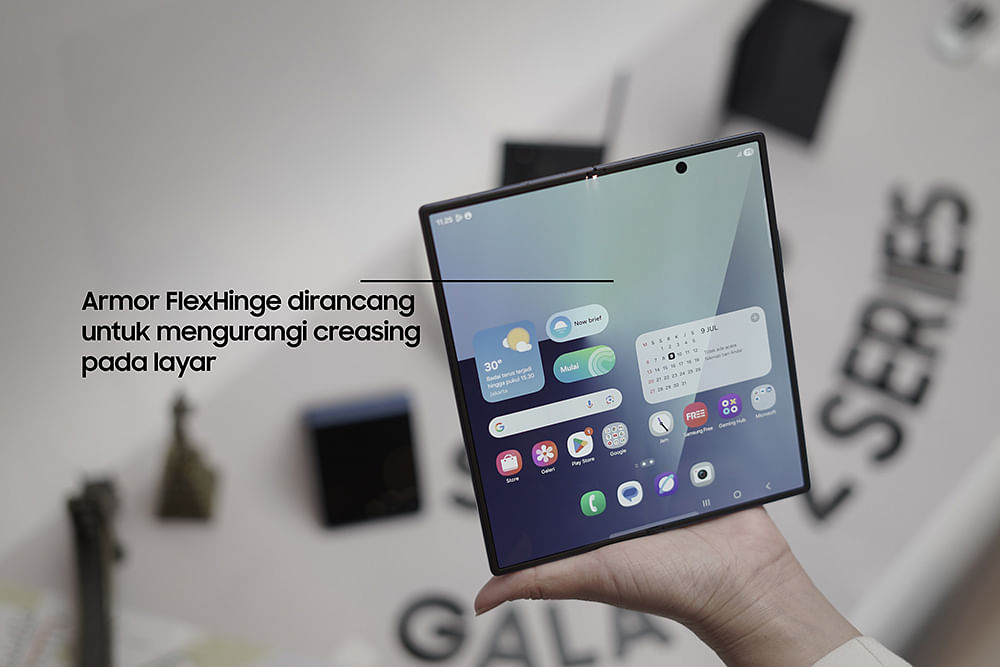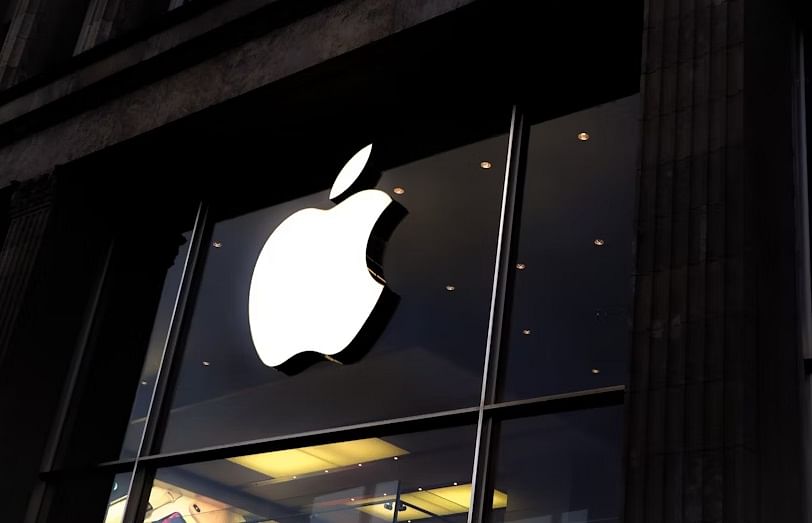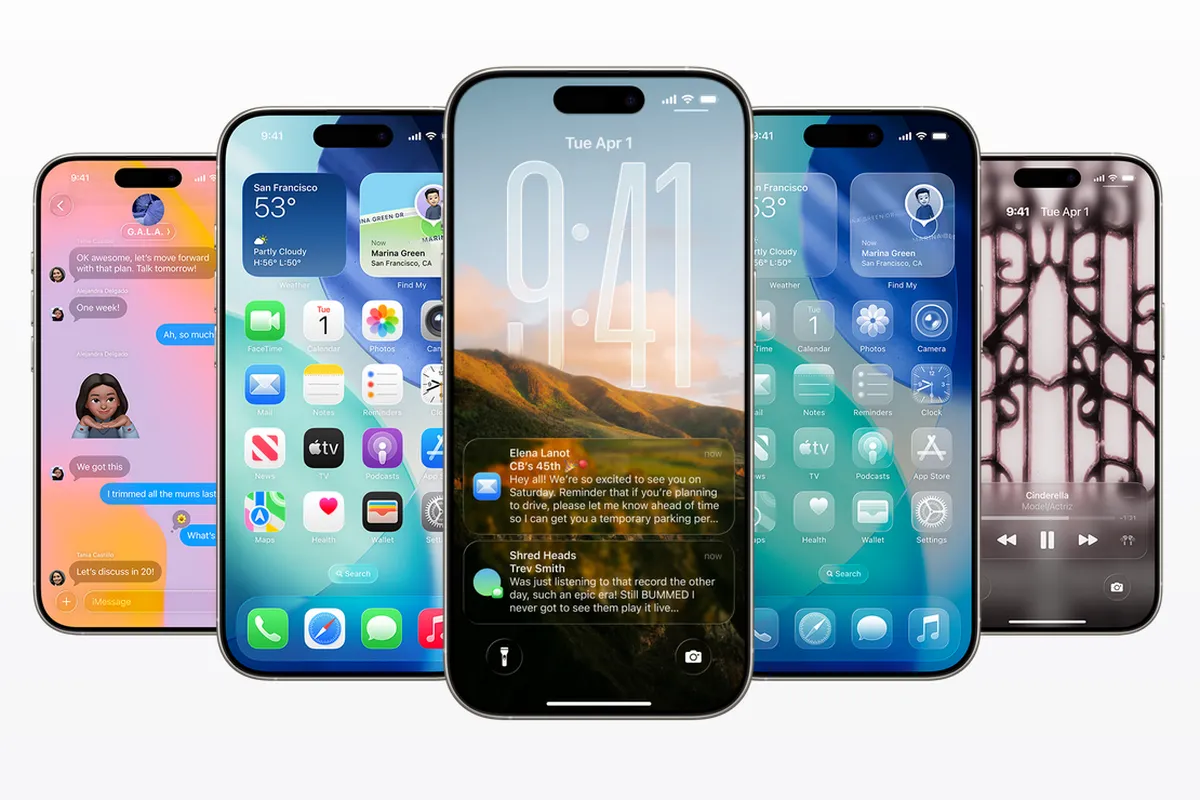Introduction
Technology is no longer just a tool; it is the context in which we live, work, and relate. From smartphones that fit in our pockets to cloud systems that power global businesses, technology reshapes daily routines, industries, and societies. Understanding the key trends and practical implications helps individuals and organizations adapt, innovate, and make better decisions.
Key Points
1. Connectivity and the Internet of Things (IoT)
What it is: Connectivity refers to the network of devices and systems that communicate with each other, often via the internet. The Internet of Things expands connectivity to everyday objects — thermostats, cars, wearables, and appliances.
Why it matters: IoT enables automation, remote monitoring, and data-driven optimization. For example, smart thermostats can lower energy bills by learning user habits; connected sensors in manufacturing can predict equipment failures before they happen.
2. Artificial Intelligence and Machine Learning
What it is: AI and machine learning (ML) are technologies that allow computers to perform tasks that typically require human intelligence, such as recognizing images, understanding language, and making predictions.
Why it matters: AI enhances efficiency, personalization, and decision-making across sectors—healthcare diagnostics, customer service chatbots, financial risk analysis, and content recommendations. It also raises ethical and employment considerations that require responsible governance.
3. Cloud Computing and Edge Computing
What it is: Cloud computing provides on-demand computing resources over the internet, while edge computing processes data closer to where it’s generated to reduce latency.
Why it matters: Cloud platforms accelerate development, scale services, and lower infrastructure costs. Edge computing is crucial for real-time applications like autonomous vehicles and industrial robotics, where milliseconds matter.
4. Cybersecurity and Privacy
What it is: Cybersecurity protects systems, networks, and data from digital attacks, while privacy focuses on controlling how personal information is collected, used, and shared.
Why it matters: As technology collects ever more data and systems become interconnected, the risk and impact of breaches grow. Strong security practices and transparent privacy policies are essential to maintain trust and legal compliance.
5. Sustainable Tech and Green Computing
What it is: Sustainable technology aims to reduce environmental impact through energy-efficient designs, renewable-powered data centers, and longer-lasting devices.
Why it matters: The tech sector has a significant carbon footprint. Sustainable practices help reduce emissions, lower operating costs, and meet regulatory and consumer expectations for environmental responsibility.
Practical Insights
For Individuals: Prioritize digital literacy. Learn basic cybersecurity habits—use strong passwords, enable multi-factor authentication, and update devices regularly. Embrace productivity tools (cloud storage, collaboration apps) to work smarter, not harder. Consider the privacy implications before adopting new connected devices in your home.
For Small Businesses: Leverage cloud services to reduce upfront IT costs and scale quickly. Use analytics to understand customer behavior and streamline operations. Invest in basic cybersecurity measures and backup strategies to avoid costly downtime. Start small with IoT or automation pilots to test ROI before large rollouts.
For Organizations and Leaders: Build an innovation-friendly culture that balances experimentation with responsible oversight. Implement AI governance frameworks that address ethics, fairness, and transparency. Plan for hybrid architectures that combine cloud scalability with edge performance where needed. Track sustainability metrics and incorporate them into strategic decisions.
Emerging Considerations: Keep an eye on regulatory changes (privacy laws, AI guidelines), advances in quantum computing that may disrupt encryption, and the social implications of automation on employment. Continuous learning and adaptable strategies will be critical as the pace of change accelerates.
Conclusion
Technology is a powerful force that touches every aspect of modern life. Its benefits — greater efficiency, new capabilities, improved healthcare, and richer communication — are significant, but they come with responsibilities: ethical use, robust security, and attention to environmental impact. By staying informed, embracing practical tools, and planning strategically, individuals and organizations can harness technology to create better outcomes today and more resilient futures tomorrow.

 1 day ago
7
1 day ago
7















































